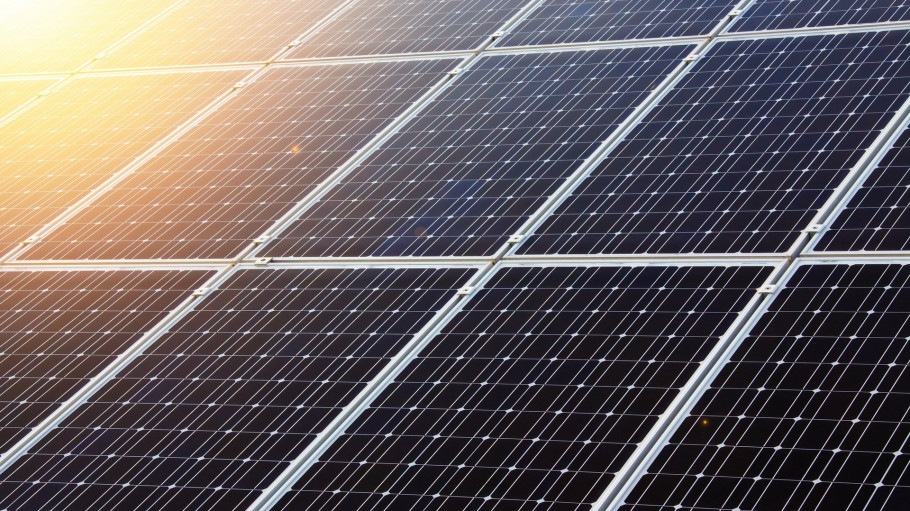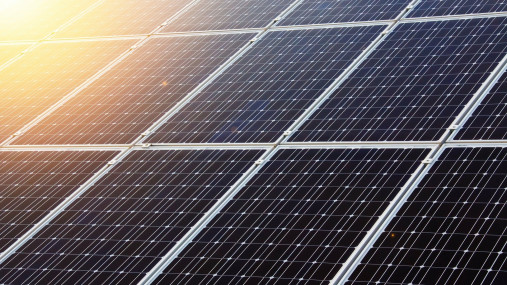
Publications » Position papers » Platform on Sustainable Finance transition financing questions
Platform on Sustainable Finance transition financing questions
Downloads and links
Recent updates

Question 1:
Can the current EU taxonomy framework be used to provide greater support for attracting capital for the transition of companies towards “sustainable” activities, including in ways not yet proposed by the Commission and if so in which ways?
Answer:
The EU taxonomy mechanism must be fit for purpose, i.e. it should attract financing for activities contributing to the EU climate and environmental goals. However, it must not lead to financial or investment leakage of any kind but, conversely, it should ease the support for EU-based sustainable projects’ financing while avoiding a further weakening of the EU industries’ ability to compete globally. Hence, the current EU taxonomy framework (in particular the actual draft delegated act) needs further improvements to be able to provide greater support for attracting capital for the continuous transition of companies towards “sustainable” activities.
Question 2:
Can the EU taxonomy framework support finance for companies undertaking activities that do not yet meet, or may be unable to meet, the substantial contribution criteria? And how can this be done?
Answer:
Yes, the EU taxonomy framework should support finance for companies undertaking activities that do not yet meet, or may be unable to meet, the substantial contribution criteria. Without this, a successful meeting of the EU environmental goals would be seriously endangered. Furthermore, it is crucial that the thresholds for those eligibility criteria would be realistic while also taking into consideration the characteristics and needs of individual sectors.
In case of climate change mitigation, those thresholds should cover all the emissions related to the activity considered, including the use of process gases (so called waste gases). For this, appropriate accountancy methodology should be used to avoid miscalculations. This is the case for the steel industry, which is requesting the correction of the suggested thresholds for climate change mitigation criteria (actually related to the ETS product benchmark) for processes whose emissions are not fully covered by the ETS product benchmark (coke and hot metal) by adding the exported waste gases to the thresholds defined. If, for any reason, it would not be possible to correct those thresholds as suggested above, it would also be possible to replace the ETS product benchmarks by using the principles of standard EN 19694-2 - developed with a mandate of the EU Commission - to assess the relative performance of steel production, or using accountancy principles from any other internally recognised standards.
The EU Taxonomy should allow direct eligibility for those activities with considerable low emissions. For example, the secondary steel production route should be eligible due to its significantly low emissions, as also recommended by the TEG in their final report.
The thresholds should not exclude best practices or the production of qualitative products. For example, the proposed threshold of at least 90% scrap sourced iron content in final products can be reached for carbon steel, but it would be technically unachievable for certain steel qualities. Hence, this threshold has to be adjusted for higher EAF steel grades to make them eligible because the use of raw materials other than scrap is unavoidable for such quality products.
Companies that do not meet the substantial contribution criteria will apply various measures that will in combination help them to meet the eligibility thresholds in the end. It is therefore crucial to allow eligibility for mitigation measures provided that they would be e.g. incorporated into a single investment plan/roadmap within a determined time frame that outlines how each of the measures in combination with others will enable the activity to meet the defined thresholds. However, the envisaged time frame for meeting the thresholds will vary depending on projects and framework conditions, so that this time frame should be flexible/adjusted in case by case.
Having such an investment plan in place, highlighting the approach or roadmap/trajectory helping the transition towards meeting the thresholds could constitute a criterion for unlocking investment for the said transition. Equally, Key Performance Indicator -KPI- (e.g. externally verified) could be defined to measure progress.
Furthermore, the implementation of measures for meeting the thresholds will depend on external factors (i.e. factors which are not in control of the companies) such as availability of cost competitive low-CO2 energy carriers (such as electricity, hydrogen, biogas), input material and infrastructures for carbon capture and storage. The availability of these external factors will impact the performance of the considered measures and have implications on their cost. It should be highlighted that in particular the CO2 emissions evolution of the required electricity will be essential in the calculation of CO2 reduction potential. Low-CO2 strategies in EU steel for example entail additional use of low-CO2 electricity. For additional electricity demand, a 2050 European grid mix has to be assumed to assess the full CO2 reduction potential and ensure a level playing field for all technologies and all countries.
Question 6:
Can we clearly address the concerns that the taxonomy will be used to prevent financing of transitional activities, while at the same time ensuring that we are not facilitating “green-washing”?
Answer:
This aspect is subject of the current discussions within the EU Commission in the frame of the draft delegated act on EU Taxonomy disclosure, which is expected to be adopted by 1 June 2021.
Financing transitional activities, while at the same time ensuring that “green-washing” is not facilitated can be secured in clarifying how the above-described investment plan/roadmap (including measures foreseen by a company for the transition to meeting the thresholds) should be reported according to the taxonomy disclosure requirements actually in discussion.

Download this publication or visit associated links
Brussels, 22 March 2024 – The future of a strong and resilient EU can only be forged with steel made in Europe. Europe-made low-carbon steel has a strategic role as it enables a net-zero economy, but today it faces strong headwinds from high energy prices, unfair competition, global overcapacity and growing unilateral carbon costs. The year 2023 has recorded the lowest European crude steel production levels ever, with a number of idled plants and dire impact on workers. Ensuring the enabling conditions for the short-term viability and the decarbonisation of the steel sector urgently needs to be at the top of the EU agenda. This is the message delivered by the European Steel Association together with a number of high-level representatives of the sector on the occasion of the Clean Transition Dialogue on Steel in the presence of the Executive Vice Presidents of the European Commission, Maroš Šefčovič and Margrethe Vestager.
Uses, limits, and realistic potentials of demand-side response from the European steel industry along with a broad set of framework recommendations for an EU policy
Antwerp, 20 February 2024 – Today 73 industry leaders spanning almost 20 industrial sectors presented ‘The Antwerp Declaration for a European Industrial Deal’ to Belgian Prime Minister, Alexander De Croo and Commission President, Ursula von der Leyen. The declaration underlines the commitment of industry to Europe and its transformation and outlines urgent industry needs to make Europe competitive, resilient, and sustainable in the face of dire economic conditions.